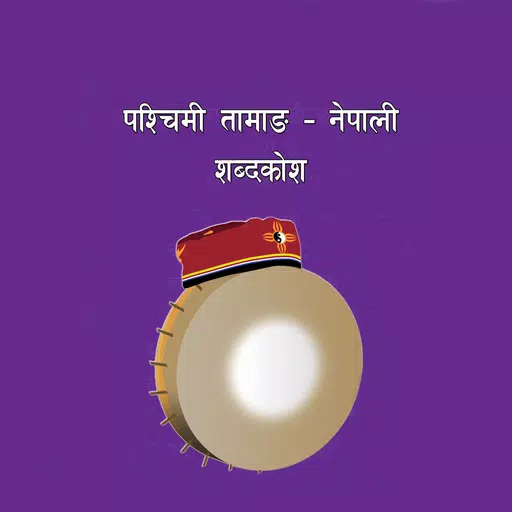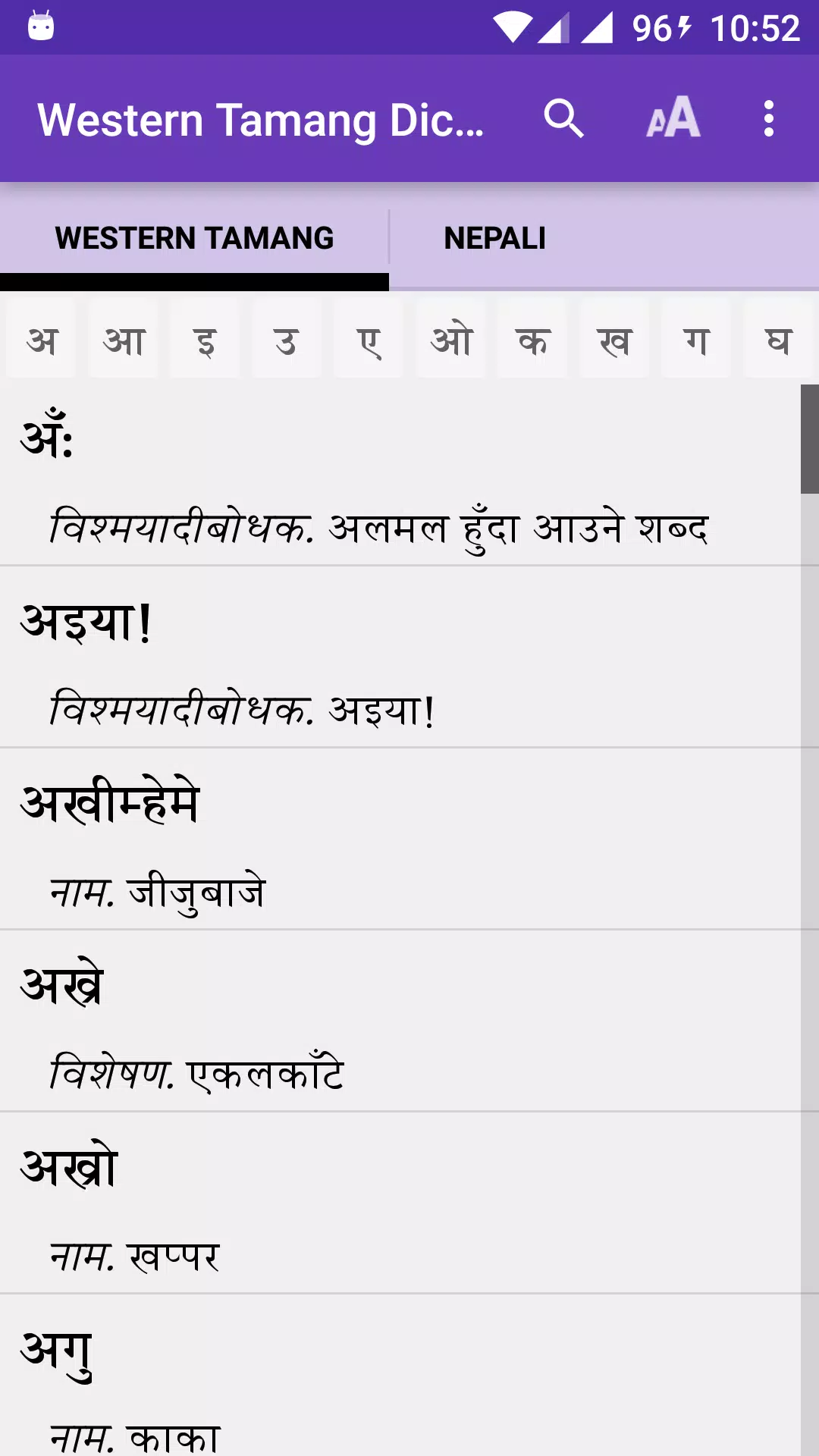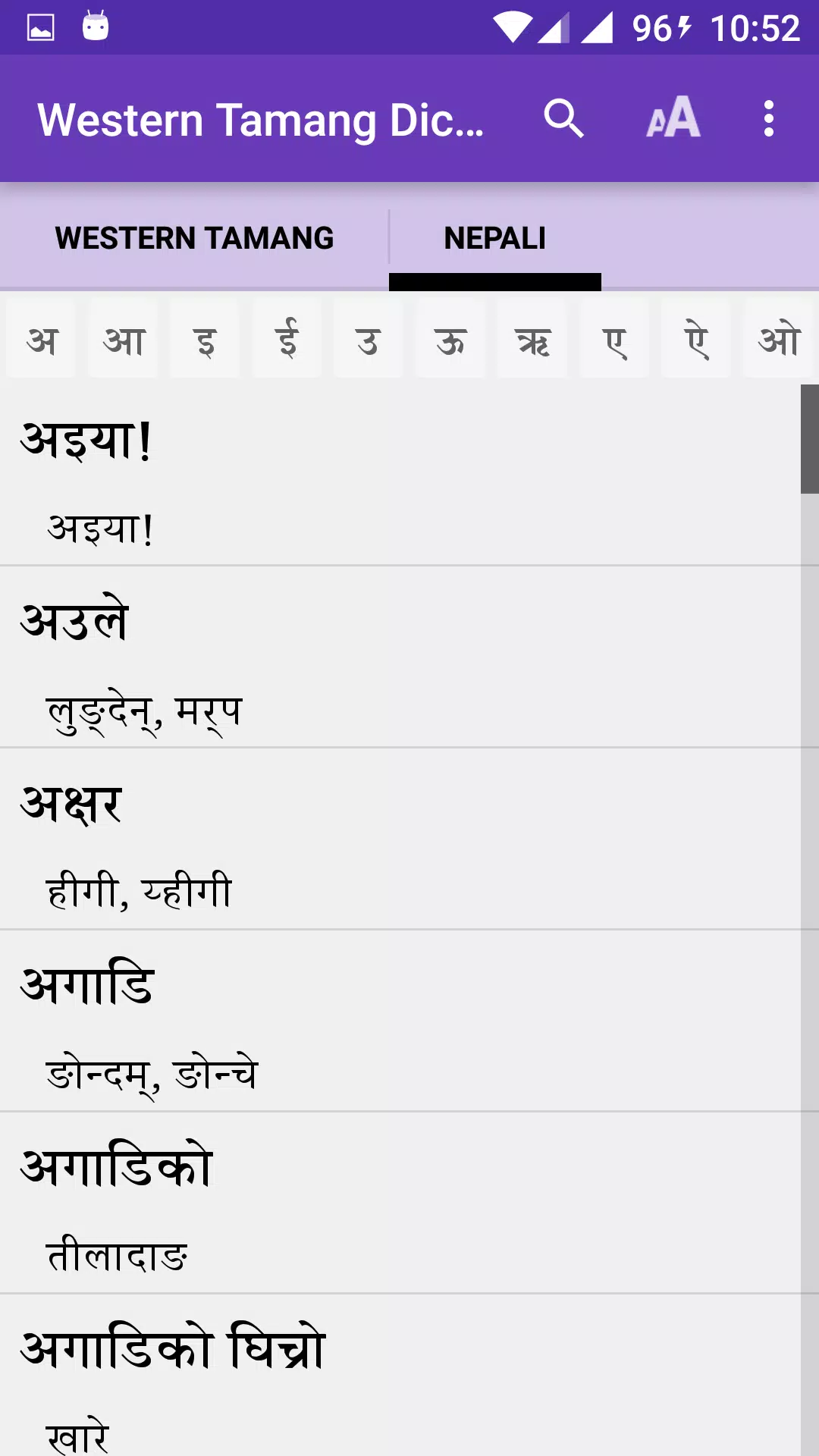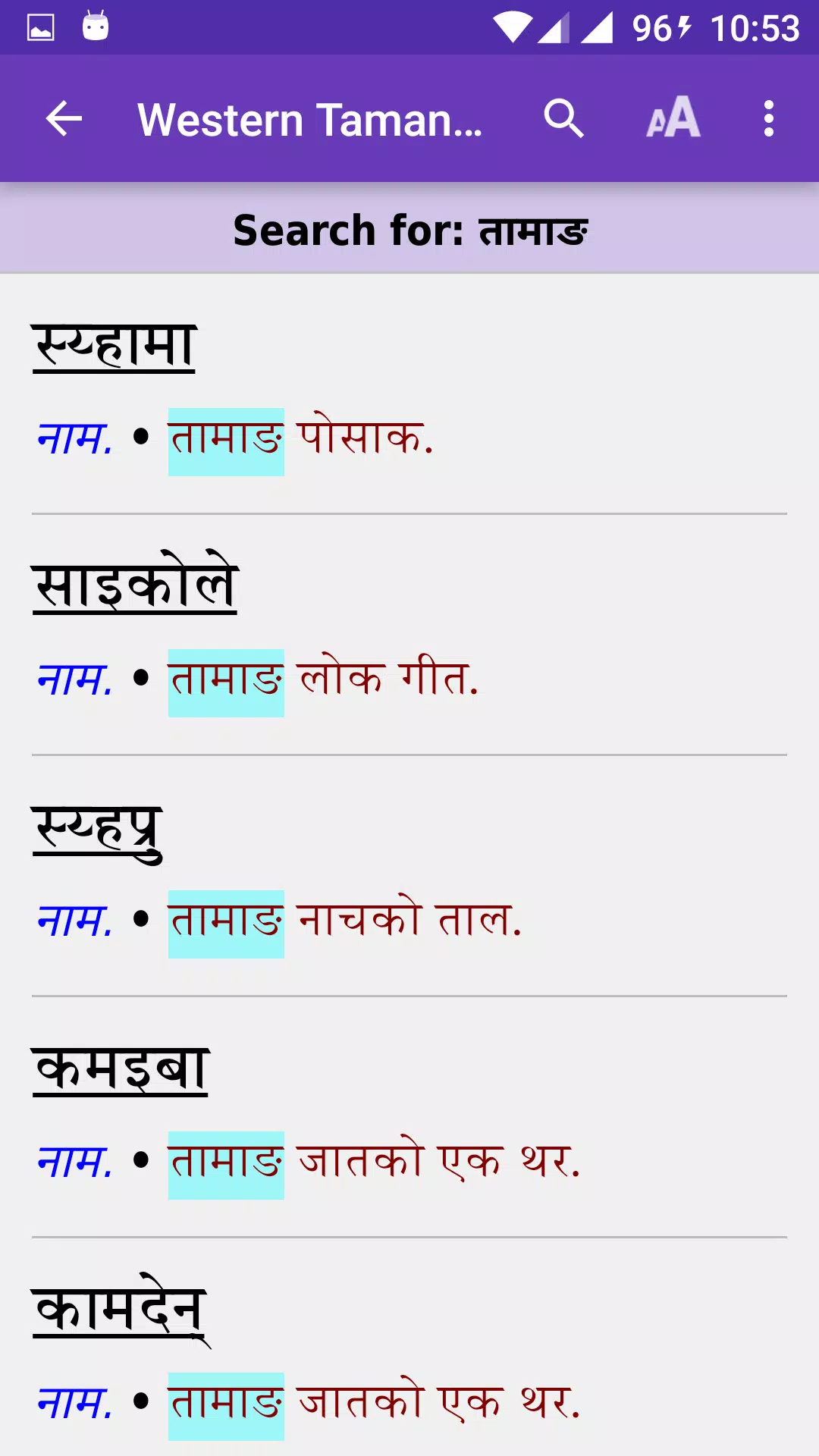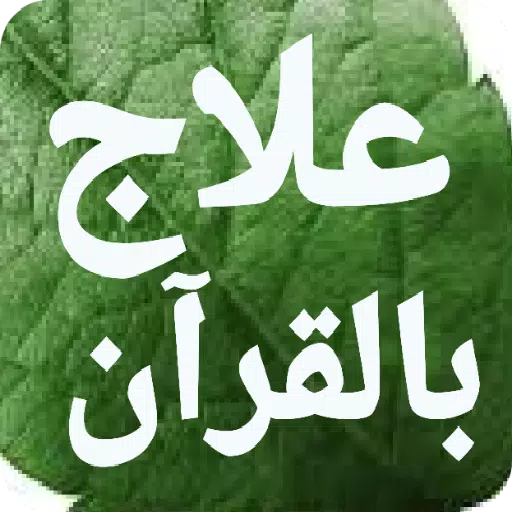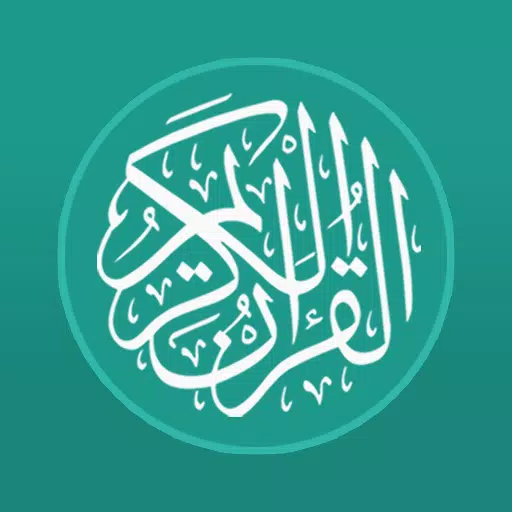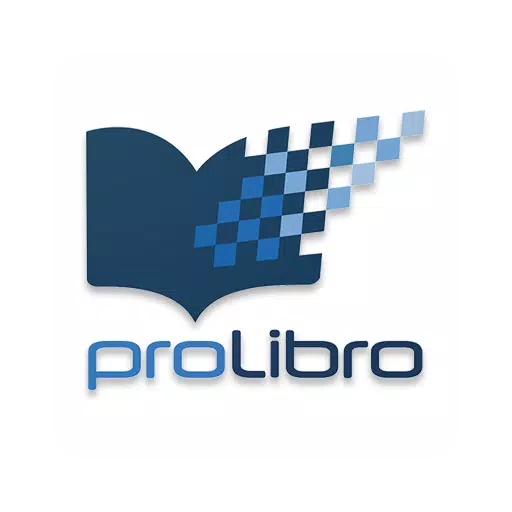Western Tamang - Nepali Dictionary
Tamang is a language spoken by the Tamang speech community. According to the 2011 Census of Nepal, Tamang ranks as the fifth most spoken language, with 5.1 percent of the population. It is part of the Tibeto-Burman subgroup within the Sino-Tibetan language family. The majority of Tamang speakers are concentrated around the Kathmandu Valley, though Tamang people can also be found in various districts across Nepal. In recognition of their distinct cultural identity, the Nepal government officially recognized the Tamang as an indigenous ethnic community in 2058 VS. Furthermore, the interim constitution of 2063 VS and the more recent constitution of 2072 VS have elevated Tamang to the status of a national language.
The 'Do:ra song' narrates that Western Tamang people migrated to Nepal from Tibet, entering through 'Same' in the Himalayas. This song indicates the presence of Tamang communities in locations such as 'Rhirhap' and 'Gyagarden', below 'Bompo' and 'Lambu', and just above 'Same'. In Tamang culture, it is believed that the tail of the Earth is towards the north and the head towards the south, leading to the practice of carrying the deceased uphill with their heads oriented southwards before cremation. The term 'Same' is derived from 'Sa' (Earth) and 'me' (Tail), symbolizing 'the tail of the Earth'. This cultural narrative reflects the significant shifts from the tail to the head of the Earth.
Although Tamang does not have a standardized grammar, it is divided into two main dialects: Eastern and Western Tamang. The Eastern Tamang dialect, originating from the Langtang Himal and spoken east of the Trisuli River, is known as 'Syarba'. Conversely, the Western Tamang dialect, spoken in districts such as Rasuwa, Nuwakot, Dhading, Gorkha, Lamjung, Chitawan, and Kanchanpur, is referred to as 'Nhurba' or 'Nhuppa'.
This bilingual dictionary is a collaborative effort by members of the Western Tamang speech community from the aforementioned districts. Each Tamang word in the dictionary is translated into Nepali, making it a valuable resource for comparative linguistic studies. However, the number of Western Tamang speakers is steadily declining as more individuals shift to Nepali, the dominant lingua franca. This trend poses a significant threat to the survival of Western Tamang as a mother tongue, underscoring the importance of this dictionary in preserving, promoting, and developing the language.
Lastly, there is a strong commitment to continuously improve, advance, and mature this dictionary. The Tamang speech community, stakeholders, readers, organizations, and other relevant authorities are encouraged to provide insightful comments and feedback to enhance this resource.
What's New in the Latest Version 1.7
Last updated on Sep 29, 2024
- Updated on July 30, 2024
- New Android SDK integration
Tags : Books & Reference

